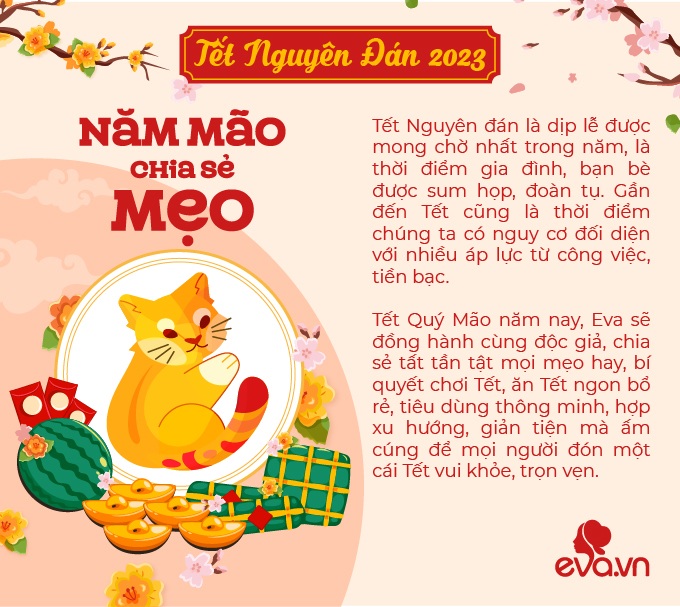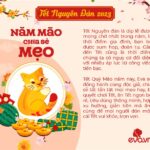
Master the Art of Boiling Chicken for Tet Holiday
Boiled chicken is an indispensable dish on the ancestral altar and a must-have for Tet holiday celebrations. While the boiling process is simple, achieving a perfectly upright chicken with intact skin and juicy meat is a challenge for many.
According to experienced chefs, adding a piece of pork fat and turmeric powder to the boiling process will result in crispier, more flavorful skin and appealing color. Join Bếp Eva as we explore the ultimate guide to boiling chicken for Tet, ensuring a golden-brown, upright presentation without compromising the skin and meat.
The Art of Boiling Chicken for Tet: A Step-by-Step Guide
Ingredients:
- One rooster weighing between 1.5 to 2 kg
- 100g of pork fat
- 1 to 2 tablespoons of turmeric powder
- One knob of fresh ginger
- One bulb of shallot
- Salt and seasoning powder to taste
Selecting the Perfect Rooster for Tet
- Opt for a young rooster that has just started crowing. Look for distinctive features such as a red comb, yellow legs, intact claws, and a relatively large size.
- It is advisable to purchase a live rooster rather than a pre-slaughtered one. This allows you to assess the rooster’s health, agility, and overall quality.
- A rooster with smooth feathers, bright eyes, and energetic movements is a sign of good health and flavor.
- For Tet, choose a rooster weighing between 1.5 to 2 kg. Avoid overly large or small birds.
Step-by-Step Guide to Boiling the Perfect Tet Chicken
Step 1: Prepare the Ingredients
- Clean the rooster and rub its surface with salt to eliminate any unpleasant odors. Rinse thoroughly with water.
- Note: For offerings, it is preferable to eviscerate the rooster through the vent, rather than splitting it open.
- Peel and clean the ginger. Peel the shallot.
Step 2: Trussing the Rooster
* Kneeling Rooster
- Make a slight incision at the rooster’s leg joints and gently bend the legs backward.
- Use a string to truss the rooster, aiming for a natural kneeling position.
- Tuck the wings close to the body and secure the head in a straight position.
* Fairy-Winged Rooster
- Make a slight incision on the wings.
- Gently pull the head backward and cross the wings delicately, ensuring the wing joints touch. This will create a fairy-like wing span.
- Secure the wings and neck with string.
- Make a slight incision at the rooster’s elbows and fold the legs toward the belly.
* Crossed-Wing Rooster
- Make a slight incision on both sides of the neck, near the rooster’s beak.
- Carefully tuck the wings into these incisions, ensuring the wingtips are visible outside the mouth.
- Secure the legs close to the body with string.
Step 3: Boiling the Rooster
- Prepare a pot large enough to accommodate the rooster. Using a larger pot makes it easier to turn the bird over during boiling.
- Add water to completely submerge the rooster. Include the cleaned ginger, shallot, and a pinch of salt in the pot. It is recommended to place the rooster breast-side down, as this will help it stand upright once cooked.
- For a golden-brown, glossy appearance, add 2 tablespoons of turmeric powder and the piece of pork fat to the pot.
- Adjust the heat to medium and bring the water to a boil. Once boiling, reduce the heat and turn the rooster over to ensure even cooking.
- Boil the rooster for approximately 30 minutes, then turn off the heat. Do not rush to remove the rooster immediately; instead, let it soak in the hot water for about 10 minutes before lifting it out.
- * Cooking time may vary depending on the size of the rooster. To check if it’s cooked, pierce the meat with a skewer; if no red juice oozes out, it’s ready.
Step 4: Removing the Rooster from the Pot
- After boiling, immediately immerse the rooster in a bowl of cold water. This helps retain the golden skin and ensures firmer, tastier meat.
- Once the rooster has cooled, place it on a dish, adorn its beak with a red rose, and present it on the offering tray.
Important Considerations for Tet Rooster Offerings
- When presenting the rooster on the altar, ensure its head faces the incense burner as a sign of reverence. Avoid turning the rooster’s head outward, as it is considered disrespectful.
- Select a rooster of appropriate size to ensure a well-proportioned presentation on the offering tray.
- It is preferable to present the rooster whole on the altar. If a hen must be used instead of a rooster, cut it into pieces and arrange them neatly on a plate.
- During the Tet holiday, a fresh rooster is required for each day’s offerings. For example, the rooster used for the year-end family dinner will differ from the one used for the New Year’s Eve celebration.



































